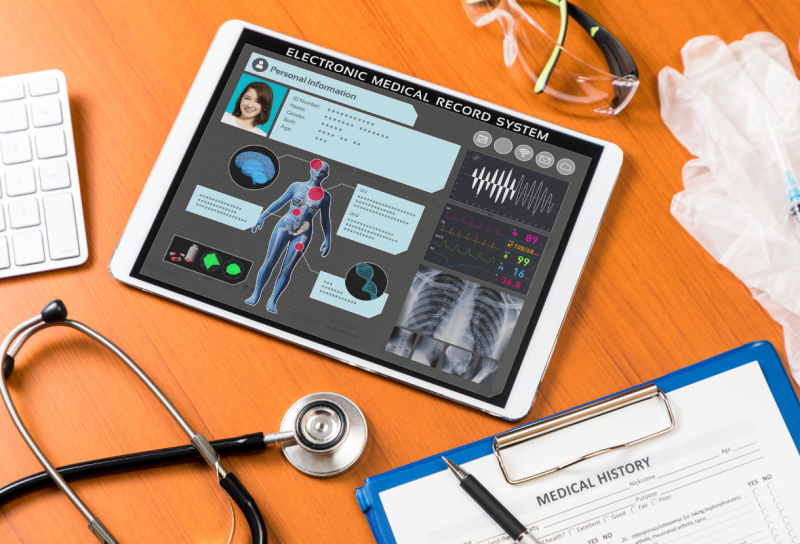Electronic health records are a digital version of the traditional paper-based medical records. The idea of an electronic health record is to have a central place where one’s medical history can be stored, so that it is easy to access and share with other doctors.
There are many benefits to having an electronic health record. For example, it is easier for doctors to diagnose problems and find the best treatment options for their patients. It also helps with billing, because all the information about a patient’s visit is stored in one place and it can be shared with insurance companies electronically. Finally, an electronic health record helps patients keep track of their own personal medical history.
What are some challenges that come from implementing electronic health records?
Some challenges could include privacy concerns as well
Electronic health records are the most common type of electronic medical record and are used in healthcare settings to store patient data. Electronic health records are a digital version of paper health records.
The benefits of going electronic include the ability to share data with other providers, access patient information from anywhere, and reduce errors.
The drawbacks include increased cybersecurity risk, increased costs of implementation, and concerns about privacy.
Electronic health records are electronic records of patient’s health information. They are typically generated by a medical professional and stored in a digital database.
The use of electronic health records is not new, it was first introduced in the 1960s. However, their use has grown exponentially with the introduction of new technologies such as smartphones and tablets.
An Electronic Health Record can be shared across multiple medical professionals, hospitals or clinics. This allows for better coordination of care, increased safety and efficiency in patient care
Electronic health records (EHR) are electronic records of medical information about a patient’s health. The term “electronic health record” is used in many countries to describe the same thing as “electronic medical record” or “digital medical record”.
An EHR can be created by a provider, such as a hospital or clinic, and shared with other providers. It may also be available to the patient and their family. An EHR can include demographic data, past and present illnesses, treatments, allergies, medications, lab results and other information.
The term “electronic healthcare record” is used in many countries to mean the same thing as “electronic medical record” or “digital medical record”.
An EHR can be created by a provider such as a hospital
The Electronic Health Record (EHR) is a digital version of the patient’s medical records. It is used to store and organize all the health information of a patient. EHRs are created to provide an efficient way for patients to get access to their own health information.
